You remember what your mother or father once told you: if it looks too good to be true, it probably is…
Which today, ladies and gentlemen, leads us to opine on the value of so-called, “CLP” gun treatments. The letters C-L-P stand for, “Clean,” “Lubricate” and “Protect.” Meaning that one whiz-bang application of some “CLP stuff” will satisfy all your gun cleaning needs in one easy step.
Splash some “CLP lube” onto your firearms parts, and, bang, you’re done. It would be nice if life were that easy.
Here’s the problem — and you don’t need a degree in tribology (the study of friction) to figure this out for yourself. “CLP” gun lubes are simply trying to do too much. Actually, they are trying to do the impossible in terms of gun cleaning (and practical chemistry).
Problem #1: The “C” attacks the “L” and “P”
In “CLP” formulations, there are chemical components that are engineered to do the “C” part — the gun Cleaning part — while the “L” and “P” parts of the formula are trying to Lubricate and Protect. But the “C” part of the formula doesn’t know when to STOP cleaning.
Oh, it does clean some, maybe even much, of the debris and fouling you want to remove from your dirty firearm — but then the “C” molecules keep right on cleaning. They actually attack their own brothers-in-arms, the “L” and “P” foot soldiers that are formulated and packaged together with the “C” soldiers.
It’s our considered opinion that the exclusive use of “CLP” products on firearms is akin to a dog chasing its own tail.
Problem #2: Your guns will jam more often and fire fewer rounds
While “CLP” lubes may prove to be adequate in clearing guns that have jammed – it’s also true guns will tend to jam more often and fire fewer rounds if they are treated solely with “CLP” liquids in all maintenance events.
That’s because “CLP” gun oil cleans/flushes a lot better than it lubricates or protects, so you are always starting with a less than optimal lubrication treatment of a gun right from the start. (A dumbing down of all three desired gun cleaning actions for the sake of selling an “all-in-one” formula).
Problem #3: CLP lubes act as a debris magnet
Now add to that the well-known behavior of oil on gun parts as a debris magnet, attracting sand, dirt, dust and debris, and it becomes pretty obvious that “CLP” type products used at the very outset help create future incidences of stoppages and firearms failure.
Locksmiths learned this a long time ago — lubricate a lock mechanism with an oily lube and the lube itself immediately becomes a debris magnet, causing lock mechanisms to gum up, clog and stop working … a direct parallel to “CLP” type formulas’ effect on gun parts.
Our Recommend Solution: TW25B Gun Grease paired with MC25 Cleaner and Degreaser
There is a reason that one of the world’s most valued, precision-engineered, volume-made pistols – SIG SAUER – are made with synthetic grease during the assembly of tightly-fitted, heavy wear gun parts.
Experience has proven that firearms that have a preliminary treatment with synthetic grease (TW25B® to be exact) perform more reliably, with less frequent maintenance than firearms treated with inferior lubricants.
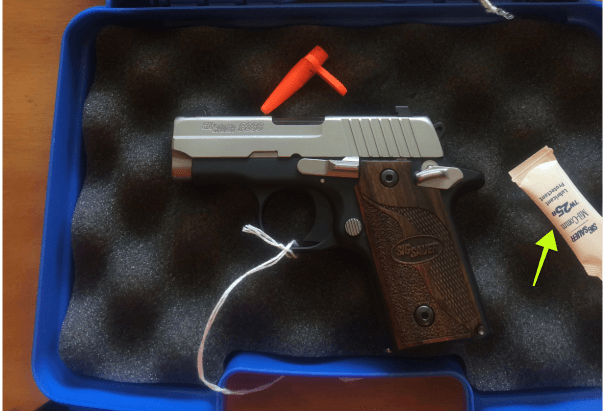
What we’re saying is simple. If you’re serious about getting optimal performance from your firearms, separate the “C” work from the “L-P” work.
Clean the gun well with one of the more newly formulated enzymatic gun cleaners … focus first on preparing metal surfaces properly for the follow-on work — the lubricating and protecting part. Gun cleaners like MIL-COMM’s MC25 and more aggressive MC50 out-clean any “CLP” type formulation.
Then get the “Lubricate” and “Protect” part right by polishing a synthetic, light grease into the metal wear parts (slides, rails, etc) and the bore. Synthetic light grease like TW25B hangs around metal parts a lot longer than gun oil, and MIL-COMM grease will actually repel sand, dirt, dust and firing debris.
Is it worth touching your guns twice? Separating the “C” from the “L-P” work? Cleaning first, then lubricating?
Well, the resulting benefits to you include:
- Fewer stoppages
- More “fire-ready” reliability
- Extended life of gun parts
- Six to ten times more rounds fired between cleaning
- Increased muzzle velocity
- A more accurate round
Our synthetic light grease applied to the bore smooths out the microscopic imperfections of the bore-metal and creates a more perfect trajectory.
Cleaning and lubricating your gun in separate steps will actually prove to be a time-saver for you, because doing the maintenance in that sequence will absolutely, positively give you a lot more shooting with a lot less cleaning.
What else did Dad always say? No such thing as a free lunch!
2 Comments
Comments are closed.

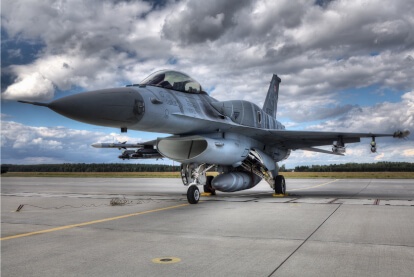
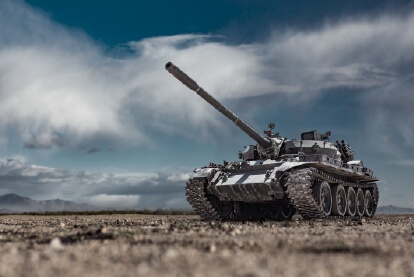
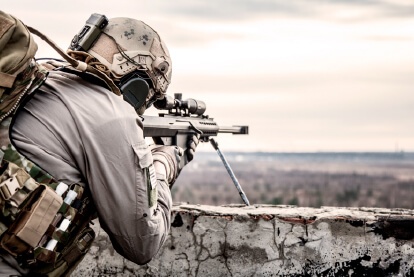
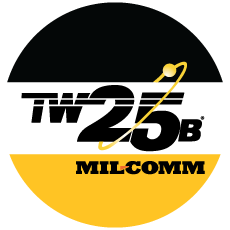
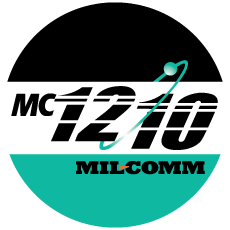
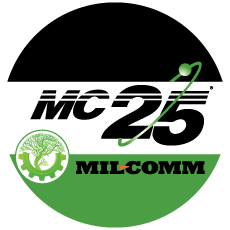

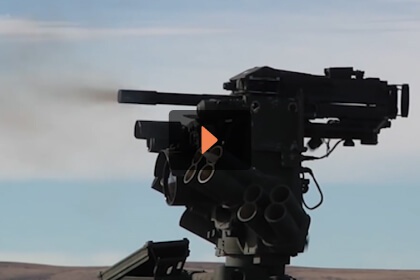
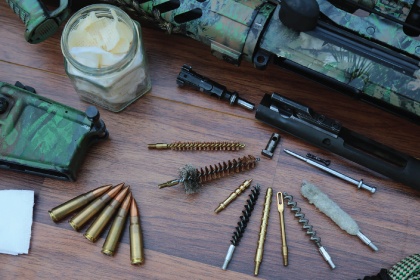

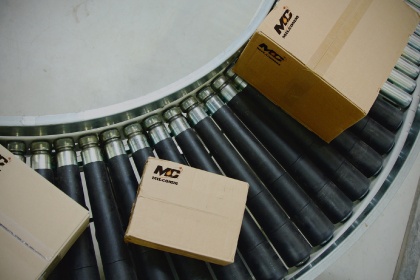


This article is spot on.
A good cleaner is pressed hard enough to do the intended job, especially now that we expect one to be safe for us, our hands, and the environment. It is enough if a cleaner leaves a surface protected in the short term from rust. It is just short of silly to ask one product to shine as a cleaner, as well as a lubricant/protectant. One can make an argument for an emergency field product for military uses, but in such a case, I’s simply say that one can make do with a good lubricant/protectant and elbow grease to accomplish what needs to be done. (The importance of the mechanical aspect of regular cleaning is often ignored.) But add the cleaner element . . . and it has to weaken the other two properties.
This is not to say that a lubricant cannot make cleaning easier. I see shooters touting how they or their dads used good old 3-in-1 oil for years as a firearms lubricant, and it was good enough. (I am sure that oil today has been reformulated.). Well, I started seriously shooting in the early ’70s and I knew quite a few gunsmiths: to a one they cursed the stuff, and the literal varnish it formed on the innards of firearms. The coating was baked on, and had to be soaked off in a solvent. If one looks at older books on gunsmithing and shooting, you’ll see this point borne out.
So one thing a lubricant CAN do, is not gum up, or harden into a varnish. It may even help keep fouling easier to remove, as on the BCG of an AR. That’s a big plus.
To sum up: if you’re cleaning, use an effective, safe cleaner. If you are lubricating, look to,an effective product designed tomdomthat job well. Lubricants generally protect,but that is not to say that one should cover an entire firearm with lubricant. This is the shooter’s choice. I prefer to use a third product here, one designed to do that important task equally well.
I agree, I doubt one product can do everything. There are a number of good solvents out there that a person can choose from. I prefer lubricants that are non-toxic and food grade (used on food production machines). As stated above one thing CLP that can do it all sounds too good to be true.